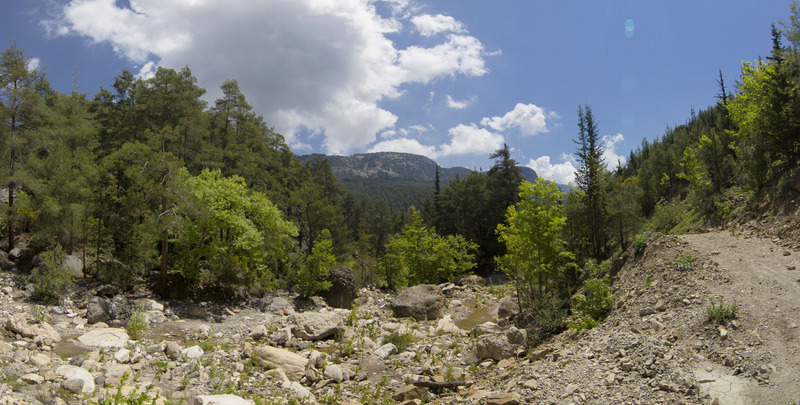The Republic of Uzbekistan is situated between the Amu Darya and Syr Darya rivers. The span of the country’s territory stretches from the west to the east 1,425 km (885.4 miles) and from the north to the south, 930 km (577.8 miles). The territory borders on Kazakhstan in the north (2,203 km/1,368.8 miles), Kyrgyzstan (1,099 km/682.8 miles), and Tajikistan in the east and southeast (1,161 km/721.4 miles), Turkmenistan in the west (1,621 km/1,007.2 miles) and Afghanistan to the south (137 km/85.1 miles).
The territory of Uzbekistan is a mixture of plains and mountains. About four-fifths of the country’s territory consists of plains, one of the largest being the Turan plain. In the northern and the central part of Uzbekistan is the 11th largest desert in the world, the Kyzyl Kum.
Uzbekistan’s Nature Reserves. Enthusiasts of ecological tourism have always been very much attracted by Uzbekistan’s exotic nature with its contrasts, diverse flora and fauna, abundance of sunny all the year round, and friendly climate. Now there are nine functioning nature reserves in Uzbekistan. They embrace as diverse types of the environment as deserts with their sand-dunes, blossoming oases, riverside tugai woods and alpine meadows.

One of the oldest and biggest nature reserves is Ugam-Chatkal National Park, which was founded in 1947 in the spurs of the Western Tien Shan. It is situated in a rather close vicinity of Tashkent, only 80 kilometers from the city. Man began developing this area in prehistoric times. The mountains appealed to ancient settlers by abundance of fruit and game. Plenty of rock paintings depicting hunting scenes are evidence of this. There are still such traces of ancient man’s presence in the area as mines, primitive smelting furnaces, remains of settlements and burial grounds.
Uzgam-Chatkal National Park is notable for its Chimgan-Charvak-Beldersay Resort Zone, which is almost 100,000 hectares in area. The zone has three health-recreation complexes: ‘Charvak’, ‘Chimgan’ and ‘Beldersay’. Here you can have a good opportunity to get in touch with the pristine environment: to admire beautiful scenery, to enjoy fresh air, with your own eyes to watch rare specimen of flora and fauna. On the territory of Ugam-Chatkal National Park, at the upper part of the river Beldersay, there was recently opened Children’s Ecological Reserve, where under the direction of instructors, young botanists, zoologists, geographers, forestry and soil specialists study the ecological systems of the reserve. Their studies are first of all aimed at research and protection of all the species of animals and plants that inhabit the area.
One of the most scenic places in Uzbekistan is the Amankutan gorge near Urgut, Samarkand Province. And here, among the wood-covered mountains and waterfalls, has preserved a dwelling site of Neanderthal man. On the slopes of Amankutan one can encounter the species of the tulip which is the forefather of many Dutch tulips, as well as clary – a very effective medicinal herb.


